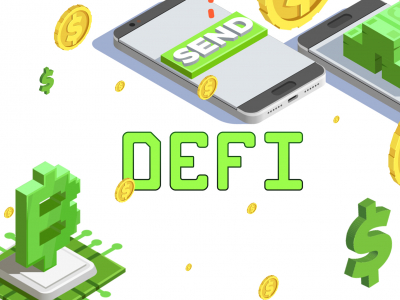The Russian central bank started a series of public consultations to explore the prospects for digital ruble. The discussion with commercial banks and financial organizations will run until December 31, 2020.
The Central Bank of Russia published a report on "key aspects, advantages, possible risks, stages and timing of the [possible] issue" of the digital ruble. Until the end of 2020, the regulator will hold a series of public discussions. Representatives of the financial sector, experts and other interested parties are invited to participate.
“Citizens will be able to deposit digital rubles on their e-wallets and use them via mobile devices and other gadgets, both online and offline,” the report reads.
According to the report, the digital ruble will be “a digital form of the national currency and will have all the necessary properties to perform the functions of money.” It is an additional form of money that can circulate alongside cash and non-cash rubles. The digital ruble is supposed to be converted from one form of national money to another. It is assumed that each “unit” of the digital ruble will have a unique digital code, similar to the numbers on banknotes.
“All three forms of the Russian ruble will be absolutely equal in the same way that 1 ruble in cash currently is equivalent to 1 non-cash ruble, and 1 digital ruble will always be equivalent to each of them. At the same time, the owners of the money will be able to freely transfer rubles from one form to another,” the document says.
The Central Bank emphasizes that the digital ruble will have nothing to do with cryptocurrencies. “This is a fiat currency, that is, a currency whose stability is ensured by the state represented by the central bank,” the Bank of Russia explained.











